In Chaucer’s Canterbury Tales, “March 32” of 1392 is the day the wily fox tricked the vain cock Chanticleer. The fox appealed to the rooster’s vanity and insisted he would love to hear the cock crow, just as his amazing father had. Standing on tiptoe with neck outstretched and eyes closed, the rooster obliged with unfortunate, if not unpredictable results.
April Fools. The ancient Roman festival of Hilaria held on March 25, may be a precursor. The Medieval Feast of Fools, held December 28, remains to this day a time in which pranks are played in Spanish-speaking countries.
 In 1582, France switched from the Julian calendar to the Gregorian moving New Year to January 1 as specified by the Council of Trent, of 1563. Those who didn’t get the news and continued to celebrate New Year in late March/April 1, quickly became the butt of jokes and hoaxes.
In 1582, France switched from the Julian calendar to the Gregorian moving New Year to January 1 as specified by the Council of Trent, of 1563. Those who didn’t get the news and continued to celebrate New Year in late March/April 1, quickly became the butt of jokes and hoaxes.
Paper fish were placed on their backs, as these “poisson d’avril” (April fish) were said to symbolize the young, naïve, easily caught first fish of Spring.
The Flemish children of Belgium lock their parents or teachers out, letting them in only if they promise to bring treats that evening or the next day.
In 1539, Flemish poet Eduard de Dene wrote of a nobleman who sent his servants on fool’s errands on April 1.
 In Scotland, April Fools’ Day is traditionally called Hunt-the-Gowk Day. Though the term has fallen into disuse, a “gowk” is a cuckoo or a foolish person. The prank consists of asking someone to deliver a sealed message requesting unspecified assistance. The message reads “Dinna laugh, dinna smile. Hunt the gowk another mile”. On reading the message, the recipient will explain that in order to help, he’ll first need to contact another person, sending the victim on down the road with the same message.
In Scotland, April Fools’ Day is traditionally called Hunt-the-Gowk Day. Though the term has fallen into disuse, a “gowk” is a cuckoo or a foolish person. The prank consists of asking someone to deliver a sealed message requesting unspecified assistance. The message reads “Dinna laugh, dinna smile. Hunt the gowk another mile”. On reading the message, the recipient will explain that in order to help, he’ll first need to contact another person, sending the victim on down the road with the same message.
In Poland, “Prima Aprilis” is so strong that the anti-Turkish alliance with Leopold I, signed on April 1, 1683, was backdated to March 31.
 Animals were kept at the Tower of London since the 13th century, when Emperor Frederic II sent three leopards to King Henry III. In later years, elephants, lions and even a polar bear were added to the collection, the polar bear trained to catch fish in the Thames.
Animals were kept at the Tower of London since the 13th century, when Emperor Frederic II sent three leopards to King Henry III. In later years, elephants, lions and even a polar bear were added to the collection, the polar bear trained to catch fish in the Thames.
In 1686, John Aubrey referred to the holiday as “Fooles holy day”, the first British reference.
On April 1, 1698, citizens were invited to the Tower of London to witness the “Washing of the Lions” in the tower moat. Quite a few were sucked in. The April 2 edition of Dawks’ News-Letter reported that “Yesterday being the first of April, several persons were sent to the Tower Ditch to see the Lions washed.” The “annual ceremony of washing the lions,” lasted throughout the 18th & 19th centuries, always held on April 1st.
By the mid-19th century the prank became quite elaborate. Tickets were printed and distributed for the event, specifying that attendees be “Admitted only at the White Gate”, and that “It is requested that no Gratuities will be given to the Wardens on any account.” In “Reminiscences of an Old Bohemian”, Gustave Strauss laments his complicity in the hoax in 1848. “These wretched conspirators”, as Straus called his accomplices, “had a great number of order-cards printed, admitting “bearer and friends” to the White Tower, on the 1st day of April, to witness…the famous grand annual ceremony of washing the lions”.
In “Reminiscences of an Old Bohemian”, Gustave Strauss laments his complicity in the hoax in 1848. “These wretched conspirators”, as Straus called his accomplices, “had a great number of order-cards printed, admitting “bearer and friends” to the White Tower, on the 1st day of April, to witness…the famous grand annual ceremony of washing the lions”.
Pandemonium broke out when hundreds showed up, only to realize they’d been pranked. “In the midst of the turmoil” Strauss wrote, “some one spotted me to whom I had given an order of admission, and he would have set the whole mob upon me. Knowing of old that discretion is, as a rule, the better part of valour…I had to skedaddle, and keep dark for a time, until the affair had blown over a little”.
 In 1957, (you can guess the date), the BBC reported the delightful news that mild winter weather had virtually eradicated the dread spaghetti weevil of Switzerland. Swiss farmers were now happily anticipating a bumper crop of spaghetti. Footage showed smiling Swiss, happily picking spaghetti from the trees.
In 1957, (you can guess the date), the BBC reported the delightful news that mild winter weather had virtually eradicated the dread spaghetti weevil of Switzerland. Swiss farmers were now happily anticipating a bumper crop of spaghetti. Footage showed smiling Swiss, happily picking spaghetti from the trees. An embarrassingly large number of viewers were fooled, calling BBC offices asking how to grow their own spaghetti tree. Callers were told to “Place a piece of spaghetti in a tin of tomato sauce, and hope for the best.”
An embarrassingly large number of viewers were fooled, calling BBC offices asking how to grow their own spaghetti tree. Callers were told to “Place a piece of spaghetti in a tin of tomato sauce, and hope for the best.”
Instantly recognizable to a generation of British TV viewers, Sir Patrick Alfred Caldwell-Moore hosted the longest running BBC production hosted by the same presenter, The Sky at Night. The author of over 70 books on astronomy and renowned for his expertise in moon observation, Moore’s signature monocle and stern on-air personae made him The authority for all things, astronomical. In 1976, Moore informed his viewers that a rare alignment of Pluto and Jupiter would temporarily reverse the law of gravity allowing viewers to float through the air. At 9:47am Moore instructed his viewers to ‘Jump Now!‘. Most took the so-called Jovian-Plutonian effect as harmless good fun but many, did not. One caller claimed that she and 11 friends had taken flight and ‘orbited gently around the room’. Another man claimed to have risen so high as to hit his head on the ceiling, demanding compensation for unspecified injuries.
 The Warby Parker Company website describes a company mission of “offer[ing] designer eyewear at a revolutionary price, while leading the way for socially conscious businesses”.
The Warby Parker Company website describes a company mission of “offer[ing] designer eyewear at a revolutionary price, while leading the way for socially conscious businesses”.
On April 1, 2012, Warby Parker released a new line of eyeglasses for dogs, appropriately called “Warby Barker”.
For only $95, your hipster pooch could be sporting the latest styles in canine eyeware, in irresistible dog treat shades like “Gravy Burst” and “Dusty Bacon.” There was a monocle option too, for those partial to that Prussian Field Marshall look.
Anyone falling for the gag got an “April Fools!” message on the on-line shopping cart.
Not to be outdone, Burger King announced the introduction of a new Whopper flavored mouthwash, for those who just can’t get enough of a good thing. I know it’s true because I read it on-line, but it should be mentioned here. There is no “White Gate” at the Tower of London. Never was.











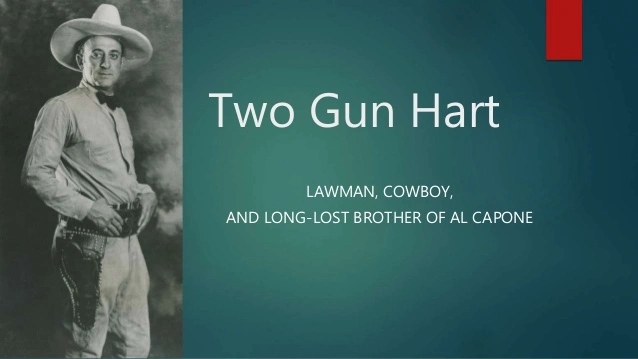
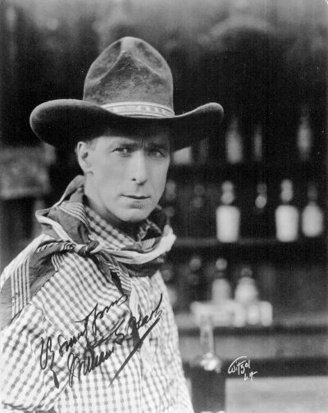
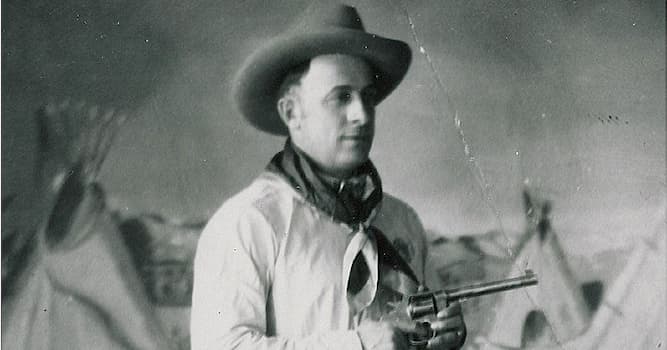
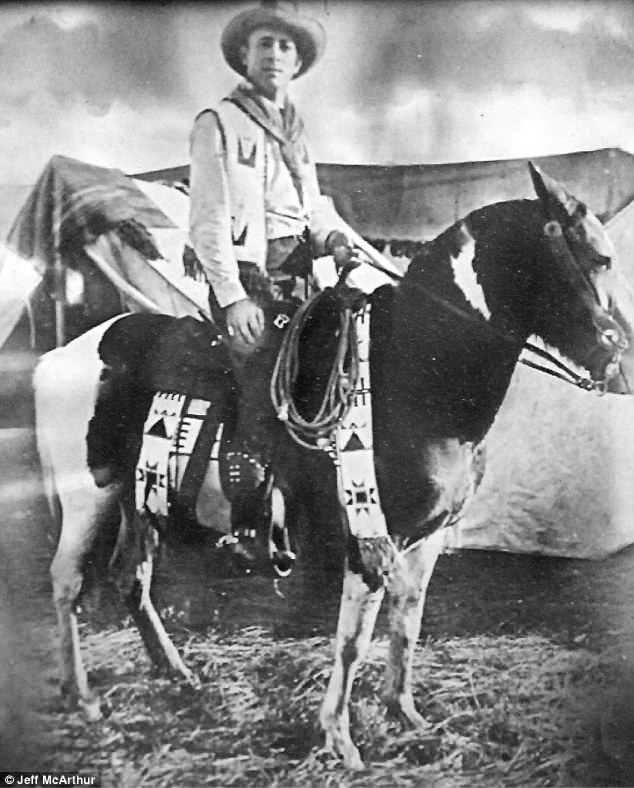
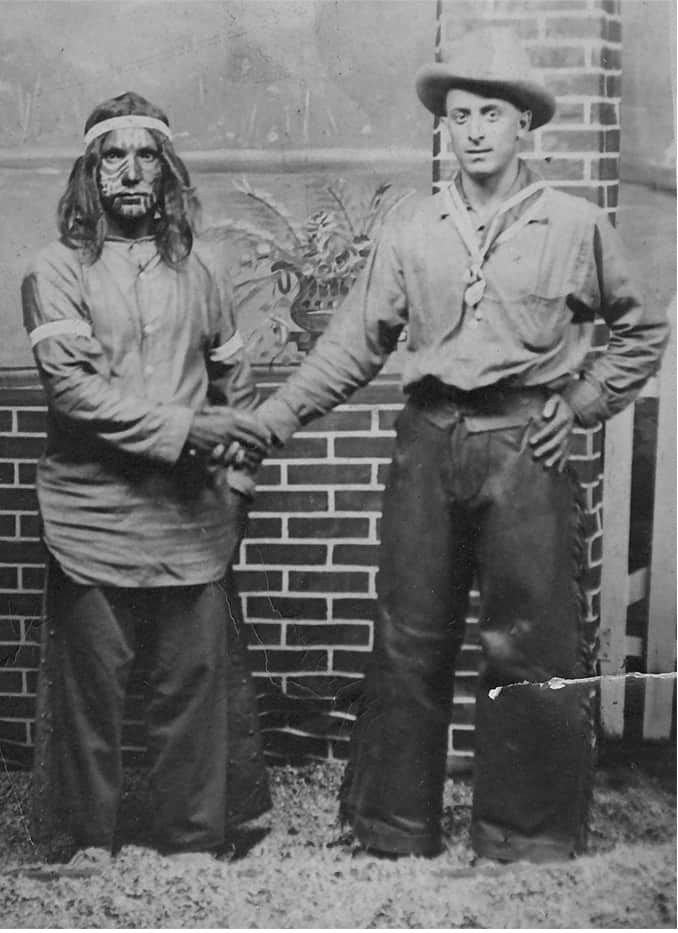
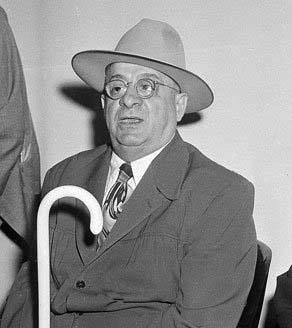




















































![4b4cf0f864c3dabcdb_IMG_7326[1]](https://todayinhistorydotblog.files.wordpress.com/2018/10/4b4cf0f864c3dabcdb_img_73261.jpg?w=684&h=513)
You must be logged in to post a comment.